Reportar esta entrada
Más sobre la misma comunidad-colección
Celebrando a España - Exposición de Don Juan de Oñate - 7
Small exhibit done in 2008 to celebrate Spain. The exhibition ...
Celebrando a España - Exposición de Don Juan de Oñate - 8
Small exhibit done in 2008 to celebrate Spain. The exhibition ...
Celebrando a España - Exposición de Don Juan de Oñate - 9
Small exhibit done in 2008 to celebrate Spain. The exhibition ...
Celebrando a España - Exposición de Don Juan de Oñate - 10
Small exhibit done in 2008 to celebrate Spain. The exhibition ...
Celebrando a España - Exposición de Don Juan de Oñate - 11
Small exhibit done in 2008 to celebrate Spain. The exhibition ...
Apertura del Museo de Historia - El Paso, Tejas
Felipe Ribas at the Leather Stamping workshop during the El Paso ...
Apertura del Museo de Historia - El Paso, Tejas
David Eisenbeil and other visitors at the Leather Stamping ...
Apertura del Museo de Historia - El Paso, Tejas
Felipe Ribas and Sebastian Ribas-Normand at the Leather Stamping ...
Y.O.U.N.G GHOSTBUSTERS WALK A MILE IN HER SHOES 2015
Y.O.U.N.G GHOSTBUSTERS WALK A MILE IN HERE SHOES 2015
Fire engine weel from the 1918 fire engine
A new type of art called old/new Picasa. The fire engine weel ...
Juan Aragon - Día de los Veteranos - 2015
Honored downtown El Paso, Texas for Veterans Day. He is with the ...
St. Joseph Academy - 1920 - 1929
St. Joseph Academy - exterior of the building located on Oregon ...







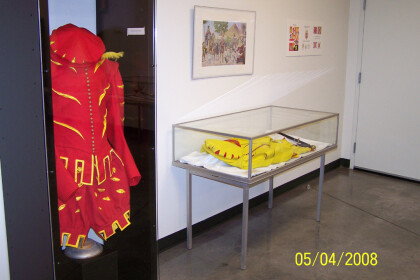
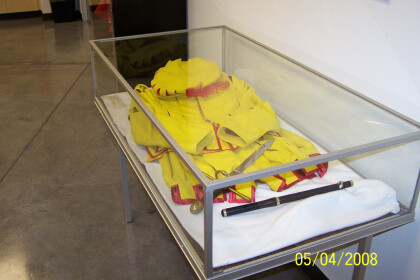
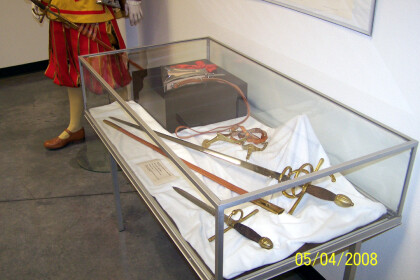
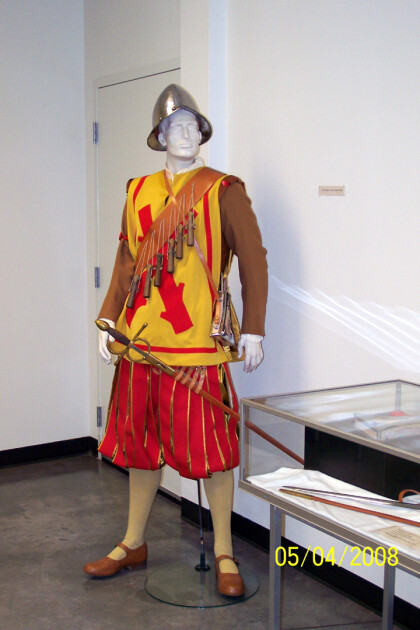
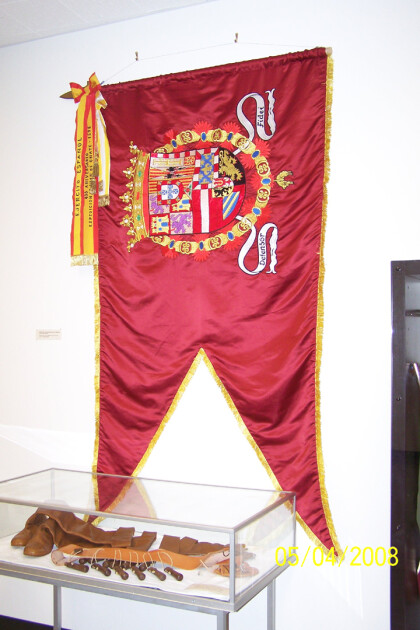



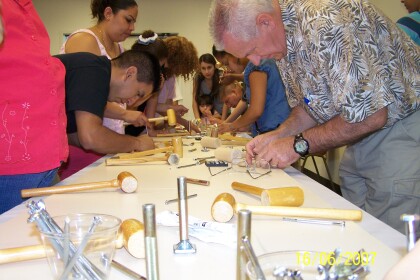

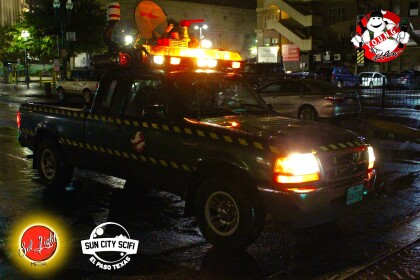
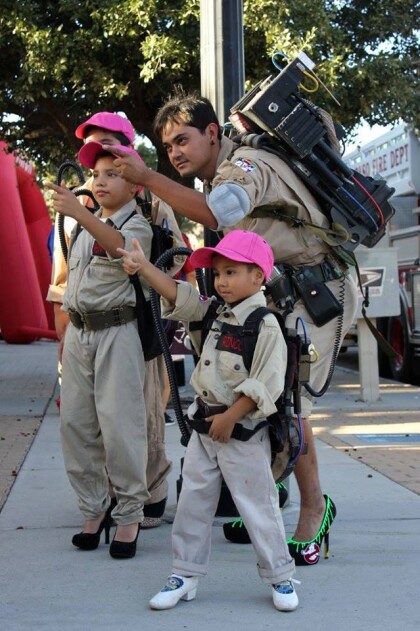
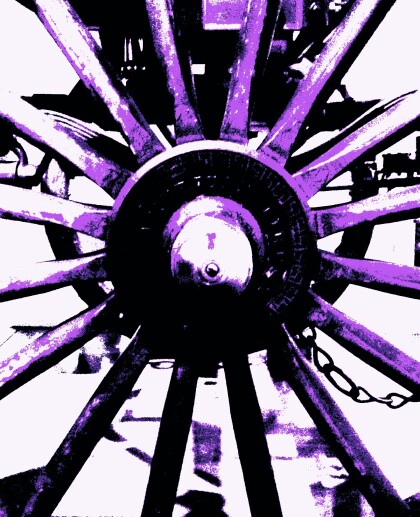
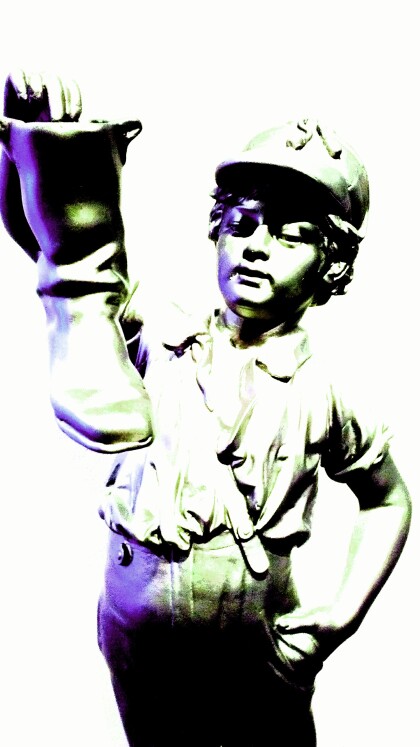

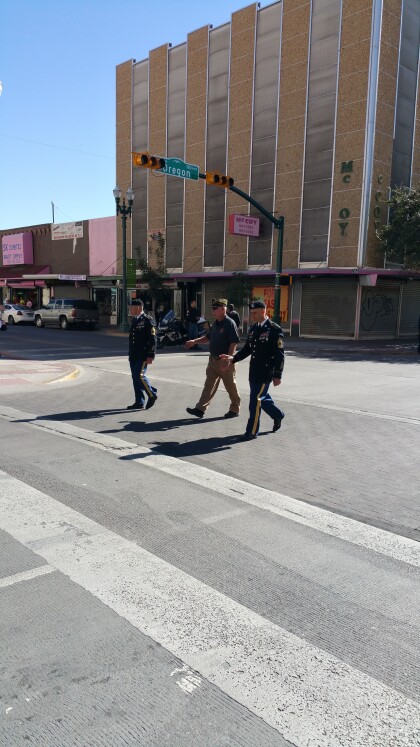
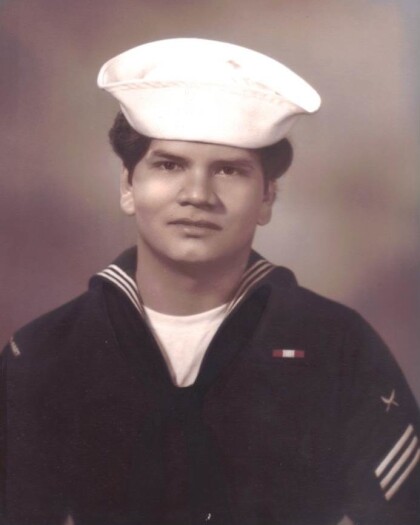
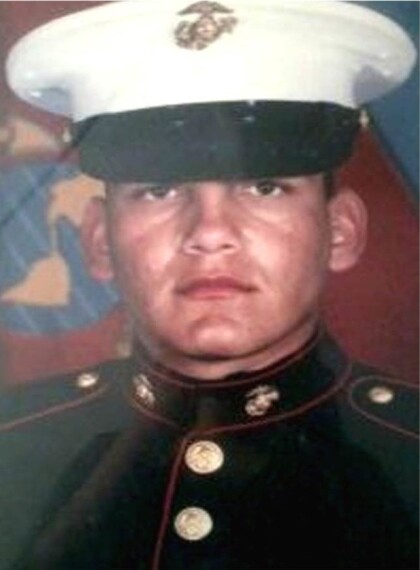
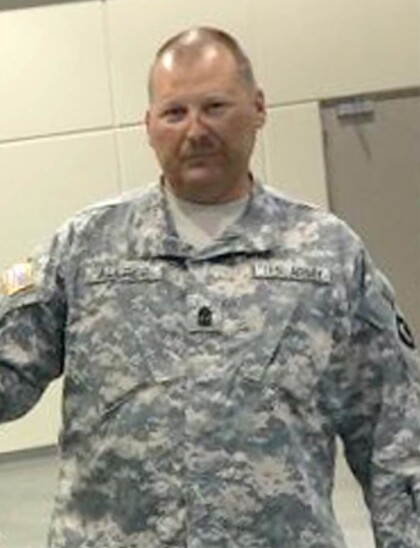
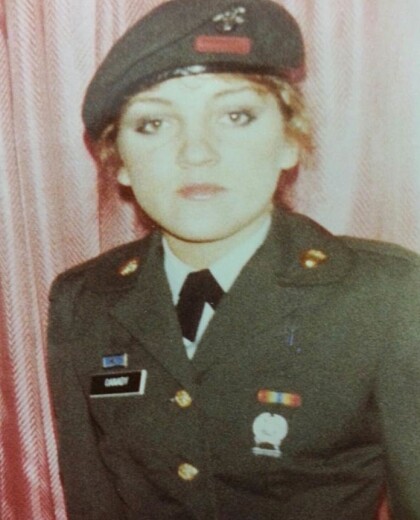
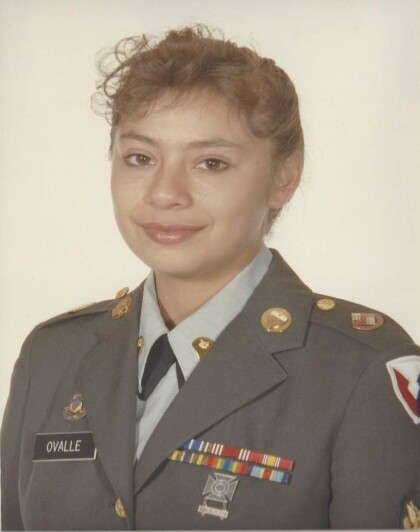
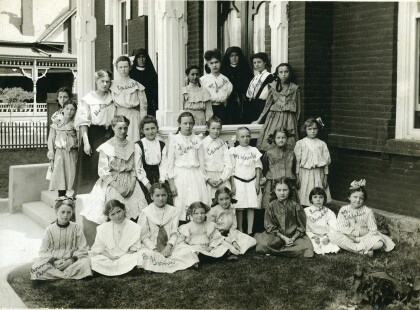
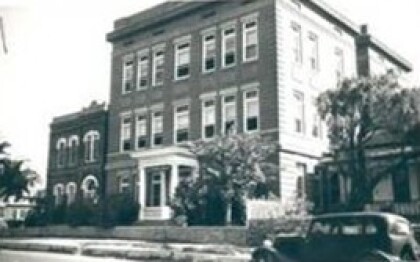
Comentarios
Hacer un comentario